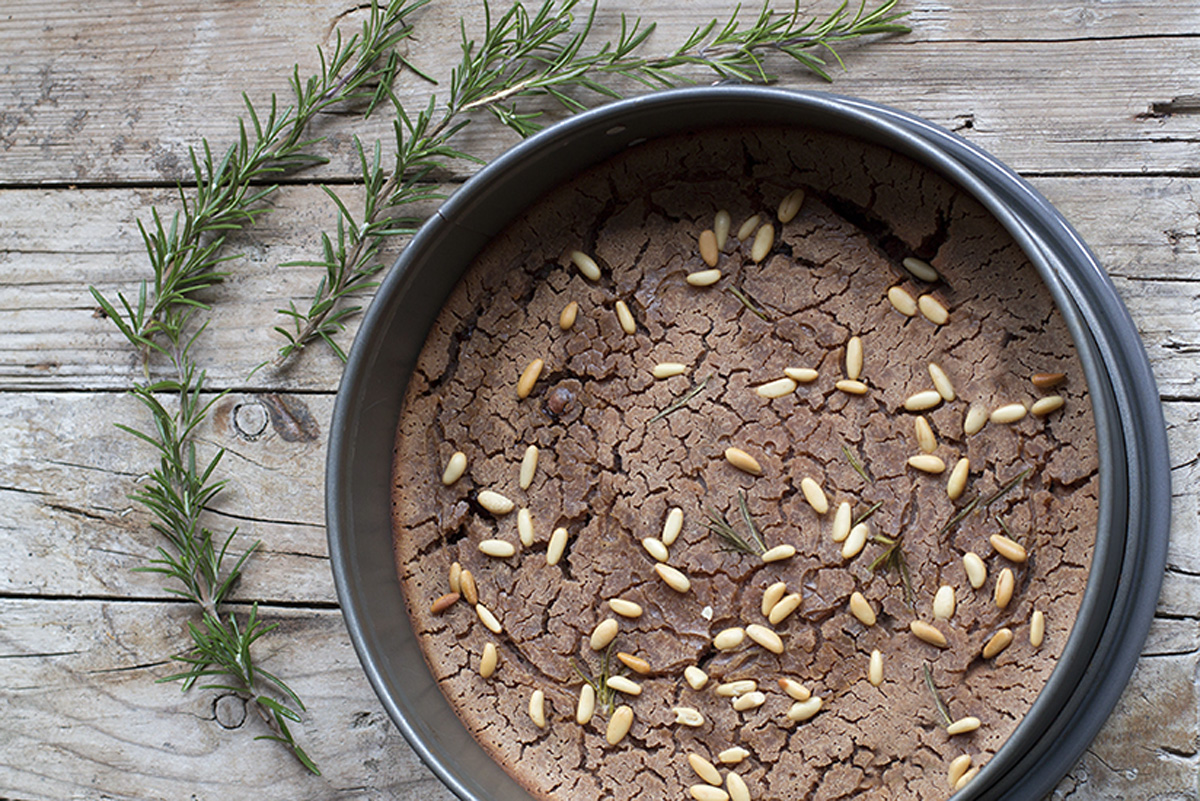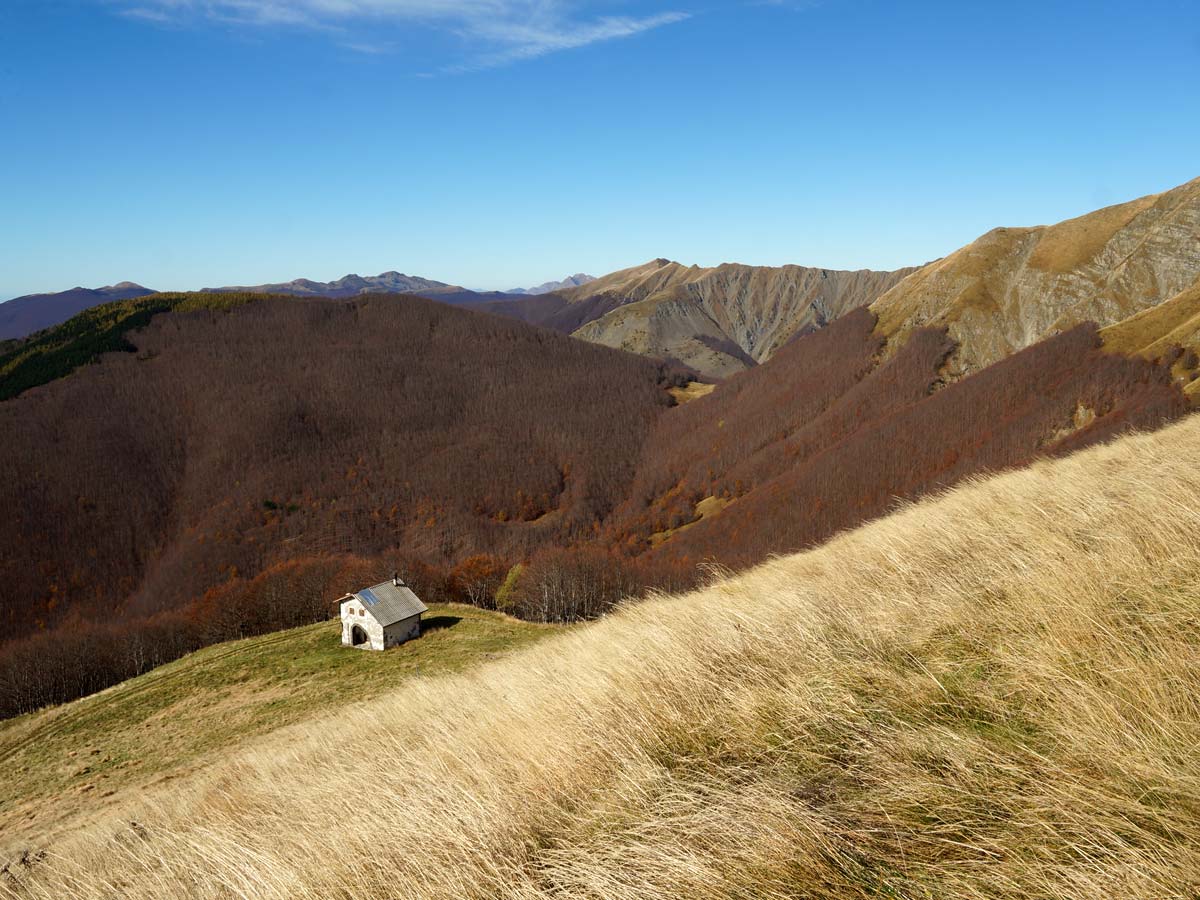A hidden corner of Tuscany
Garfagnana
Garfagnana, between the Apuan Alps to the west and the Tuscan-Emilian Apennines to the east, is a beautiful green valley in northern Tuscany, carved by the river Serchio and dotted with many small villages of medieval origin.
‘‘The Garfagnana is a contracted universe, there is no road, path or track that fails to offer an enthralling sight or view of something altogether unexpexted. That sudden vision might be a crag, a hermitage, a copse, a stream, a castle, but it might just as easily be a person.
At any event, what lures me to the Garfagnana is not so much its geography as the people that inhabit it, and how they do so. The Garfagnana is achingly beautiful, it is wild but also embracing: but what is particularly moving is how it has been sculpted, worked upon and its hardness softened by the people who live there.”
A place where you meet History
Some sites of interest
loading map - please wait...
Between the Apennines…
‘‘Being born in the Apennines means having seen the seasons, the chestnut groves and the small farms, where large families struggled with a meagre existence, seeing spring turn into summer and decline into autumn, with light green that becomes deep green and then yellow and brown and red and then the black of the dry branches and the great whiteness of winter snow’’.
… and the Apuan Alps
‘‘What are those mountains so strange?’ – I asked. And someone answered me: – It’s the Apuan Alps…That’s where the marble comes from…-.
What an impressive spectacle! More than seventy years later it’s still very much alive in my eyes. I thought I saw the Karakorum or the Himalayas…’.
In Garfagnana you always get excited
Natural parks
Surrounded by mountains, Garfagnana is still unknown to mass tourism and its geomorphological, flora and fauna peculiarities make it unique and distinct from the rest of Tuscany. Its territory, mainly mountainous, covered by lush chestnut and beech woods, is largely part of the Regional Park of the Apuan Alps and the National Park of the Tuscan-Emilian Apennines. These two protected areas, at close distance, offer a path of wide development, often equipped and thematic. The Park of the Apennines in 2015 was recognized as a Biosphere Reserve by UNESCO.
Historical paths
Two medieval routes allow you to discover the most unknown and authentic areas of Lunigiana, Garfagnana and the Serchio valley:
- the Holy Face way starting from Pontremoli in Lunigiana, leads walkers to the cathedral of S.Martino in Lucca where the Holy Face, a wooden cross venerated since the early Middle Ages, is still preserved;
- the Matilda way it leaves from Mantua and arrives in Garfagnana from S.Pellegrino in Alpe where there is still the medieval hospital, one of the many resting places linked to the figure of Matilde of Canossa, a 12th century powerful feudal Margravine.
Traditional flavors
Gastronomic traditions still alive and products such as spelt (farro, quality labelled), chestnut flour (neccio, quality labelled) and mais, pecorino cheese, porcini mashrooms, meat and special sausages (for example the biroldo), or types of beans unique for quality make us taste the identity flavors of Garfagnana. For the most part they are dishes with simple preparations, with genuine ingredients that bring us back to the fragrances of the earth, back to tables of other times.





